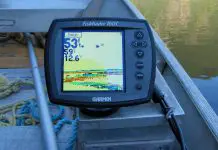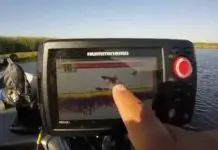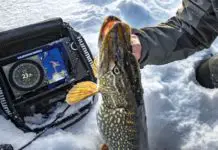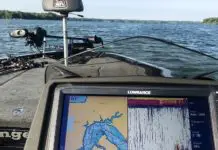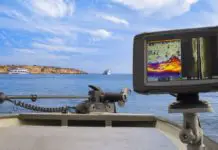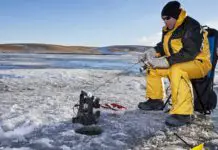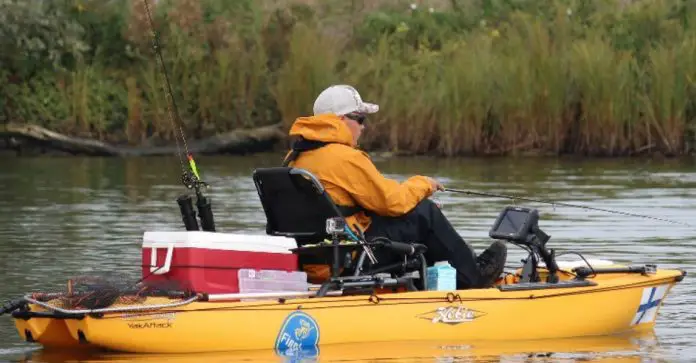
Is it always a good idea to go cheap when buying a fish finder? One side of the argument is to say “No!” You already spent a good chunk of money on a boat and it’s accessories, and you want the best of the best for your pride of the sea, right? So there’s no point skimping now. After all, how else will you reel in that trophy?
Some of you might be saying “Yes!” And for the same reason, too. You’ve already spent a good load of money on a boat, so should you spend another $1000 or more on a fish finder?
Table of Contents
The advantages of going cheap
In my opinion(and not just because I own this store, but because I know fish finders), the only upside to going cheap when you are buying a fish finder is that you will have a little bit more cash in your wallet than otherwise.
It’s not like a cheap fish finder will be of lesser quality than the expensive one. Humminbird, Garmin, and Lowrance take pride in their stuff and don’t (usually) make inferior fish finders.
Your fish finder, however, will be nothing special. Some of the cheapest fish finders, like the Garmin Echo 100 and the Lowrance X-4 are really, really basic.
Here’s what to expect at the most from a cheap unit:
- A 3.5 inch screen (that’s just a little smaller than the screen of an iPhone 8)
- A grayscale display
- Basic fish finding to depths of about 100 feet
If this much is good enough for you, then by all means, go for the cheap one. However, if you need a little more oomph, you will need to shell out a little more cash.
The advantages of spending a little more
As your need for features increases, your budget will have to increase a little more, too. Let’s take a look at what additional features you can get and what their advantages are.
Color screen
A color screen is a great feature to have, for obvious reasons. If you are using traditional SONAR(arches and blobs), a color screen will give you better readings on the hardness of whatever is showing up on the screen. Darker, stronger colors usually mean harder objects, and lighter, softer colors mean softer objects.
Bigger screen sizes
If you ask me, 3.5 inches is pretty tiny, especially if you have to fit 40-50 feet of SONAR data into it. The larger your screen is, the clearer your picture will be. It’ll also be easier on your eyes. Lenny Rudow, a marine electronics pro once mentioned to me that he finds even 5 inch screens a little small. He prefers screens that are even bigger.
GPS capability
GPS is another useful feature to have. At the most basic level, GPS capability will get you the ability to set tracks and waypoints. This is a useful way to create fishing “routes” and “spots” based on SONAR data that you collect.
Getting more advanced, some units have really robust mapping packages that can stand in for any decent standalone chartplotter out on the market right now.
3D SONAR
3D SONAR is known as Down Imaging in Humminbird models and DownScan or StructureScan in Lowrance models. 3D SONAR is very useful if your style is structure fishing. While you can’t really tell what kind of structure you are seeing on traditional SONAR, with 3D SONAR, you pretty much get a picture of exactly what’s below your boat.
Networking
In really high end units, such as the Lowrance HDS and Humminbird 800 and 900 series, there are lots of networking options available. You can hook up two or more units together to share data(if you have one on the bow and one on the stern), or you can add radar, external GPS, connect your engine to see fuel data, and even control your audio system and VHF radio from the one screen. All fish finders use NMEA 2000 for data sharing, so as long as your existing peripherals support it, they should work fine.
See for yourself
Check out the fish finders we have reviewed:
























